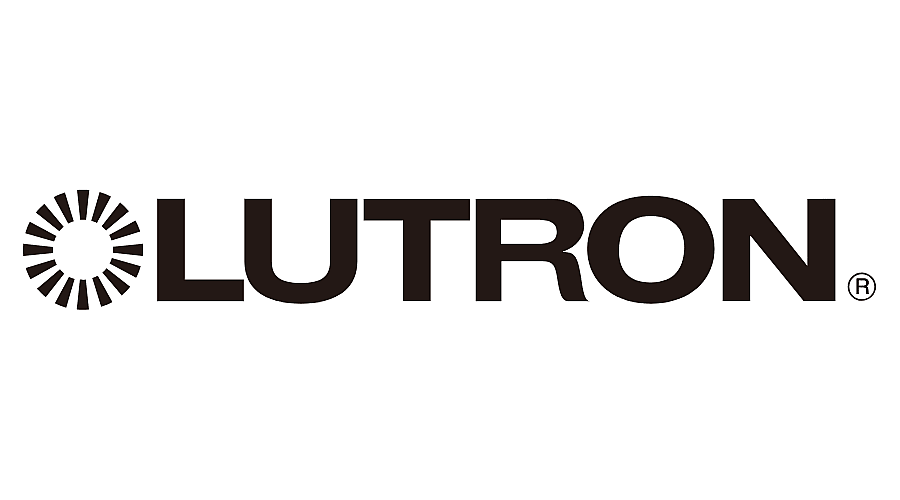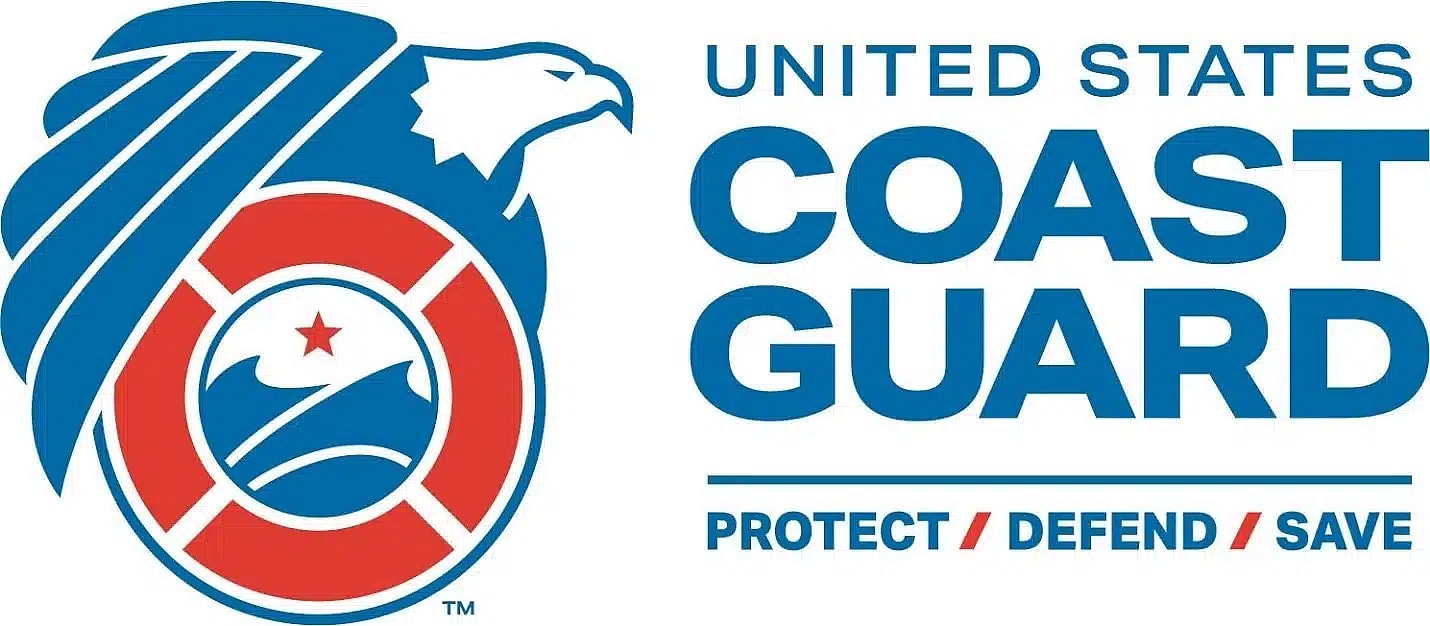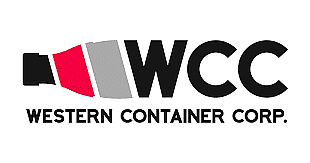How Does A Close Interval Survey Work?
A close interval survey is conducted on pipelines to assess the entire structure’s cathodic protection status by recording the pipe-to-soil potential profile. What sets a close interval survey apart from other surveys is it communicates the protection levels along the entire structure, rather than just sections or specific points on it. They identify otherwise hidden risk areas so that the issues can be resolved and prevented from becoming larger. They’re typically performed at the system’s inception to act as a starting line of information. Then, they’re followed up on every five years with smaller testing points in between the five-year gaps.
Close interval surveys are performed utilizing three tasks:
- First, the field crew locates and marks the pipeline with an indicator, such as flags or stakes, at regular intervals. They base this process on measurements or chaining.
- Next, they collect data. The data collected includes the pipe-to-soil potentials and a notation of the pipe and the surrounding earth’s physical features along the right-of-way. They also collect GPS coordinates for each feature recorded.
- Last, the crew clears the right-of-way survey wire and other materials used, such as copper wire. They identify and fix breaks along the way and determine what parts may require a heavier material, such as an insulated wire resistant to breakage.
The data collected provides the survey’s results. Once the results are given, it should be easy to identify problem areas. The recommendation is usually to address those problem areas, or potential problem areas, as quickly as possible. Issue areas have the potential to fester and lead to larger and more expensive issues that can become costly to correct.
Dreiym Engineering offers two types of close interval surveys: interrupted and native. Both of these studies should be performed for both new and existing structures to get the best and most accurate information on the structure.












































